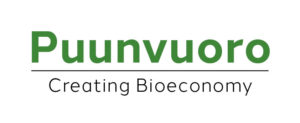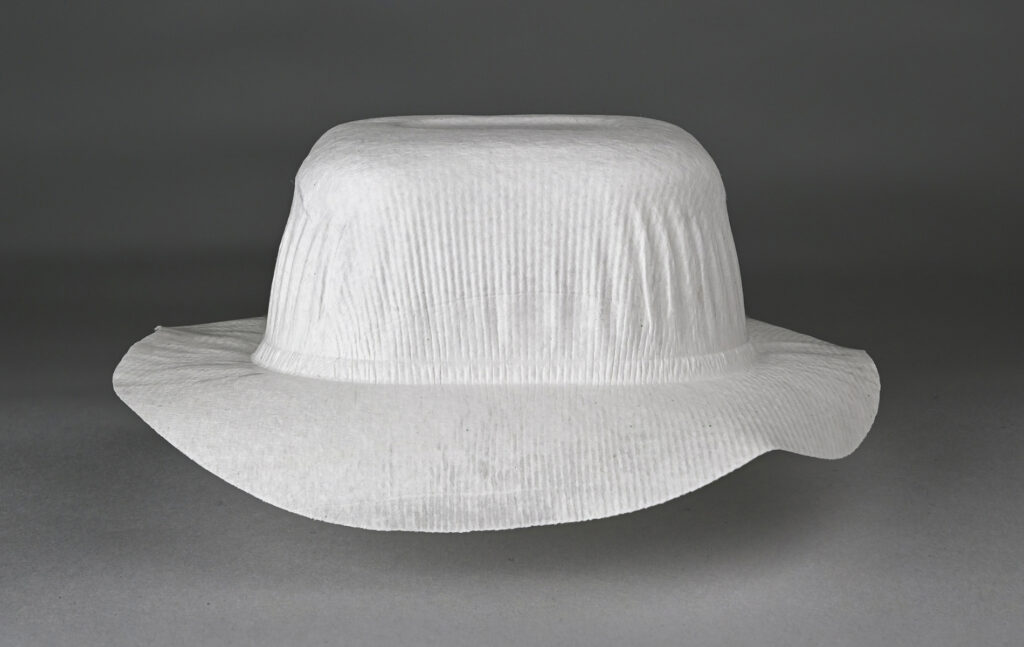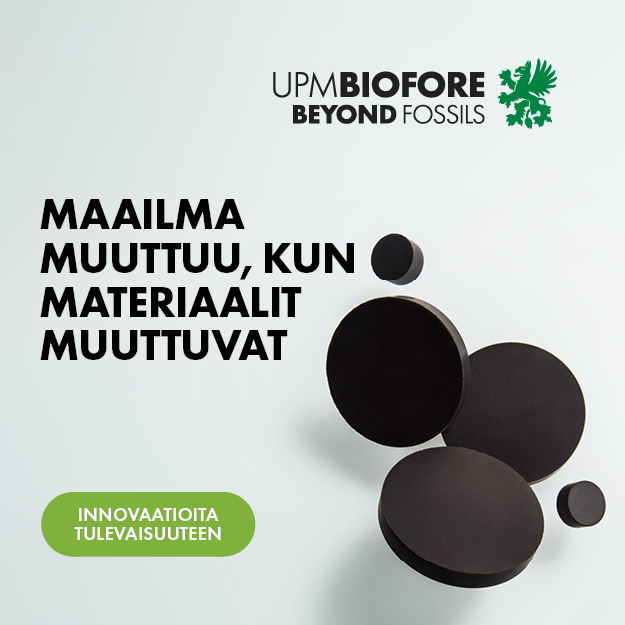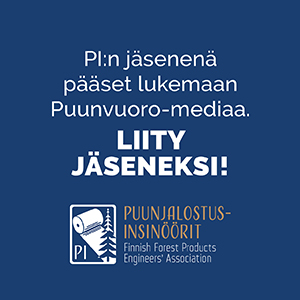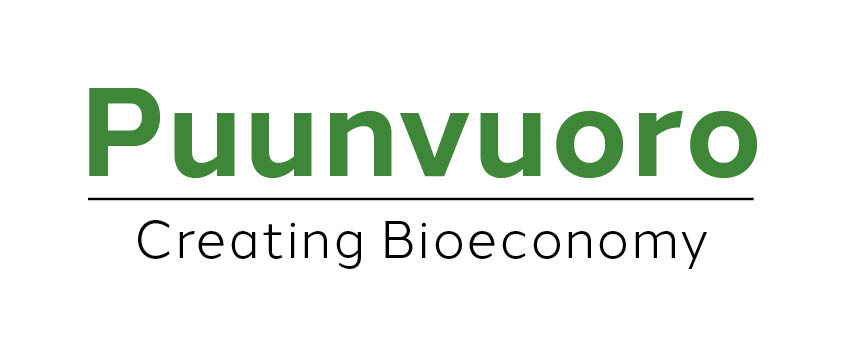VTT developed an extensible fibre material as part of a three-year pilot project, the aim of which is to develop materials to replace plastics.
“Universities and research facilities do a lot of excellent research which, unfortunately, often remains at a laboratory scale. For the project, we identified 15 possible replacements for oil-based products, and we sent a survey to over 30 companies asking which of these would be the most interesting and scalable to an industrial scale,” says Kristian Salminen, lead of bio-based products at VTT.
Half a dozen products were selected from the group, which were then developed at a pilot scale. The extensible, formable fibre material was one of these.
“Paper or paperboard usually do not extend more than 3–6 per cent. The best commercial products, such as sack paper, have an extensibility of about ten per cent, but this is not enough to achieve three-dimensional permanent forms. The more the material extends, the deeper the package that can be formed with it.”
In packages for cold cuts, for example, you can fit more products the deeper the package is. In the future, this could be a possible application for VTT’s paperboard material, which has an extensibility of up to 30 per cent.
Extensibility through foam forming technology
Foam forming technology was crucial in the development of the material.
“With foam forming, we achieve a more homogenic structure than with hydroforming. When the variation in grammage is small, the force used in extending is distributed more evenly and the material does not tear as easily,” says VTT’s research team leader Jarmo Kouko.
The formation of the fibre structure can also be facilitated with suitable chemicals, which remain on the surface in foam forming “exactly where they are needed.
An Italian company that took part in the project had the technology which was used to mechanically compress the foam-formed material. LUT University, in turn, had a machine intended for forming plastic, which was also suited for forming the extensible paperboard.
“The material is directly suitable for existing product packaging lines, which is a huge advantage,” says Kouko.
The next step
An impermeable layer for moisture and fat is still required for food packaging.
“A thin plastic layer can be added to the fibre package, which would decrease the amount of plastic when compared to current solutions. VTT is also developing bio-based barrier solutions “the next step is to combine these solutions,” says Salminen.
The material was developed as part of the Piloting Alternatives for Plastics project, which included 54 companies in 13 countries. The project was funded by the Regional Council of Central Finland with the support of the European Regional Development Fund, VTT and the involved companies. The total budget for the project was EUR 6.7 million.
